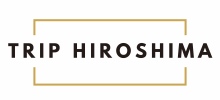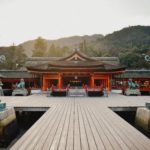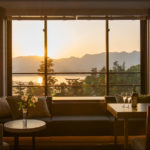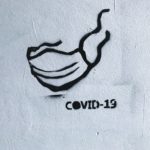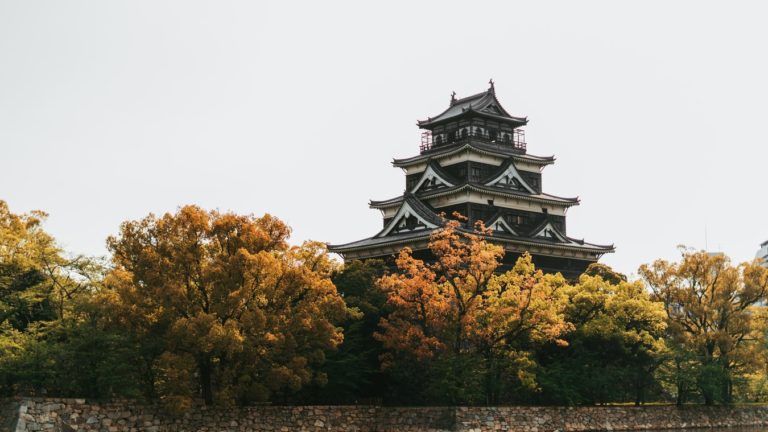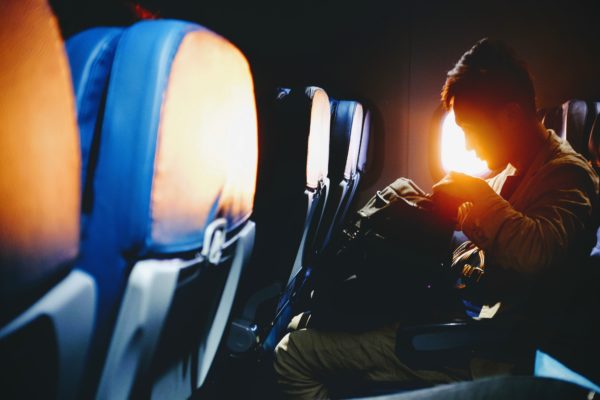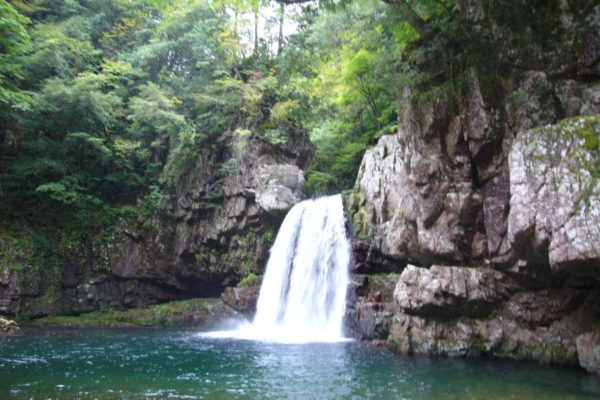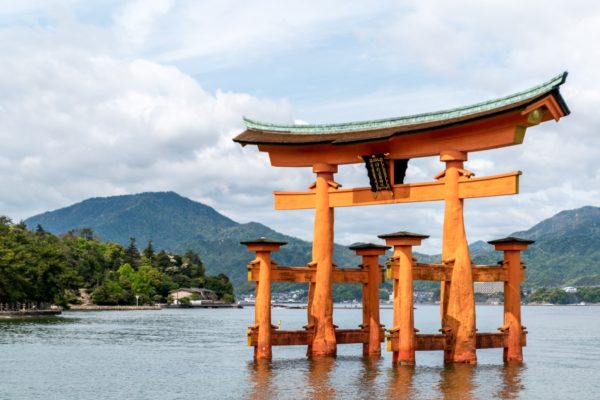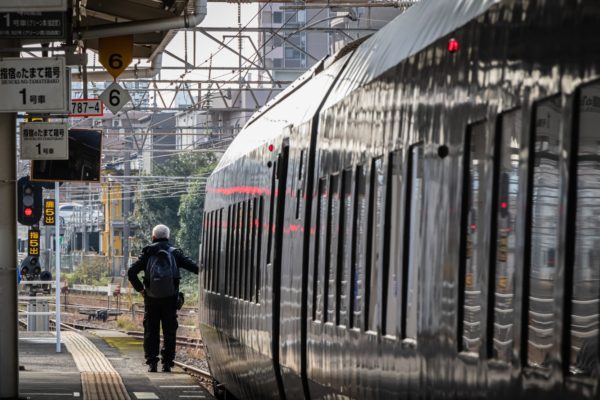The table below shows the average temperatures and the average percentage of rainy days in Hiroshima. Please choose a time when it is convenient for you to visit!
| Month | Average | High | Low | Rainy |
|---|---|---|---|---|
| January | 5℃ | 9℃ | 1℃ | 19% |
| February | 6℃ | 10℃ | 1℃ | 21% |
| March | 9℃ | 14℃ | 4℃ | 26% |
| April | 14℃ | 19℃ | 9℃ | 27% |
| May | 19℃ | 24℃ | 14℃ | 26% |
| June | 23℃ | 27℃ | 19℃ | 37% |
| July | 27℃ | 30℃ | 23℃ | 35% |
| August | 28℃ | 32℃ | 24℃ | 23% |
| September | 24℃ | 28℃ | 20℃ | 30% |
| October | 18℃ | 23℃ | 13℃ | 19% |
| November | 12℃ | 17℃ | 8℃ | 17% |
| December | 7℃ | 12℃ | 3℃ | 13% |
January – February
New Year is one of Japan’s majar holidays, so many shops are closed from December 29 to January 4. The rest of January is a good time to visit Japan. The weather is usually sunny and dry, and the tourist attractions are less crowded.
Like January, February is a good time for visiting Japan. At the peak of winter, February tends to be the best time for winter sports and viewing winter sceneries.
March – April
In March, early blooming trees such as plum blossoms show the first signs of spring and the weather is becoming milder. Domestic travel activity increases in the second half of March due to spring school holidays.
April is often considered the best time to visit Japan because the cherry blossom season and the weather is pleasantly mild. From late March to early April, Japanese people also enjoy cherry “Hanami” (a picnic under the cherry blossoms).
May – June
May has GW (Japanese long holidays) and is crowded with many people. In Hiroshima, there is a big festival called “Flower Festival” on May 3 to 5.
From the beginning of June, the rainy season (Tsuyu) visits in Japan. While it does not rain every day, the weather tends to be overcast and dreary. However, a yukata festival called “Tokasan” will be held from the first Friday to Sunday of June.
July – August
The rainy season typically ends in the first half of July. It is hot and humid in most of Japan, and just standing outdoors can make you sweat. People in Hiroshima enjoy swimming in the sea and outdoors in the mountains.
In August, there are “Atomic Bomb Day (Atomic Bomb was dropped in Hiroshima)” and “End of War Day,” and people pray for peace. Many other fireworks festivals are held, which is a good time to travel.
September – October
The typhoon season reaches its peak in August and September. Luckily, typhoons are often followed by perfectly clear weather.
October is one of the most pleasant months for traveling in Japan as the weather remains warm, but is not hot and humid anymore. The autumn colors begin, it’s fun to take a walk in nature.
November – December
November is one of the best times to visit Japan, as the weather is relatively dry and mild. In Hiroshima, there is a big festival called “Ebisu-ko” on November 18 to 20.
In December, you can see illuminations everywhere for Christmas. The downside of the winter visit is the relatively short days and the closure of tourist sight spot during the year-end and New Year holidays.
